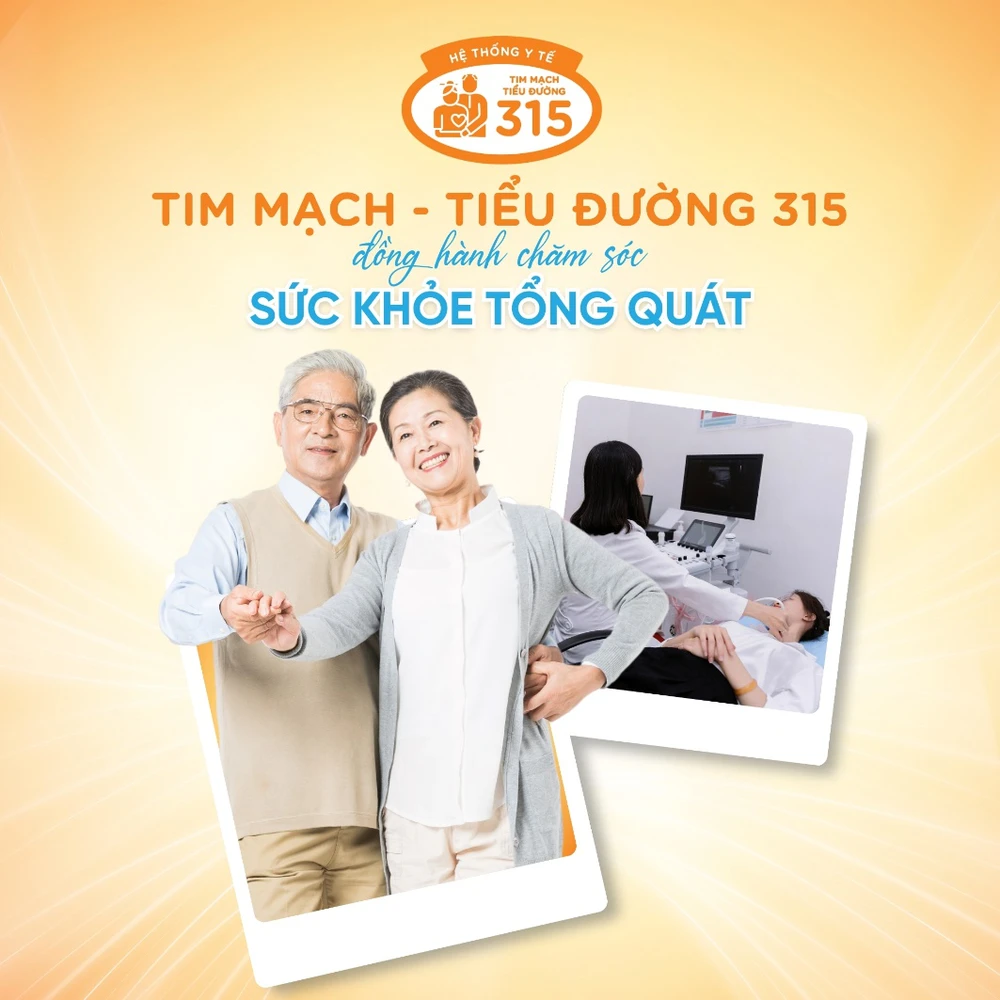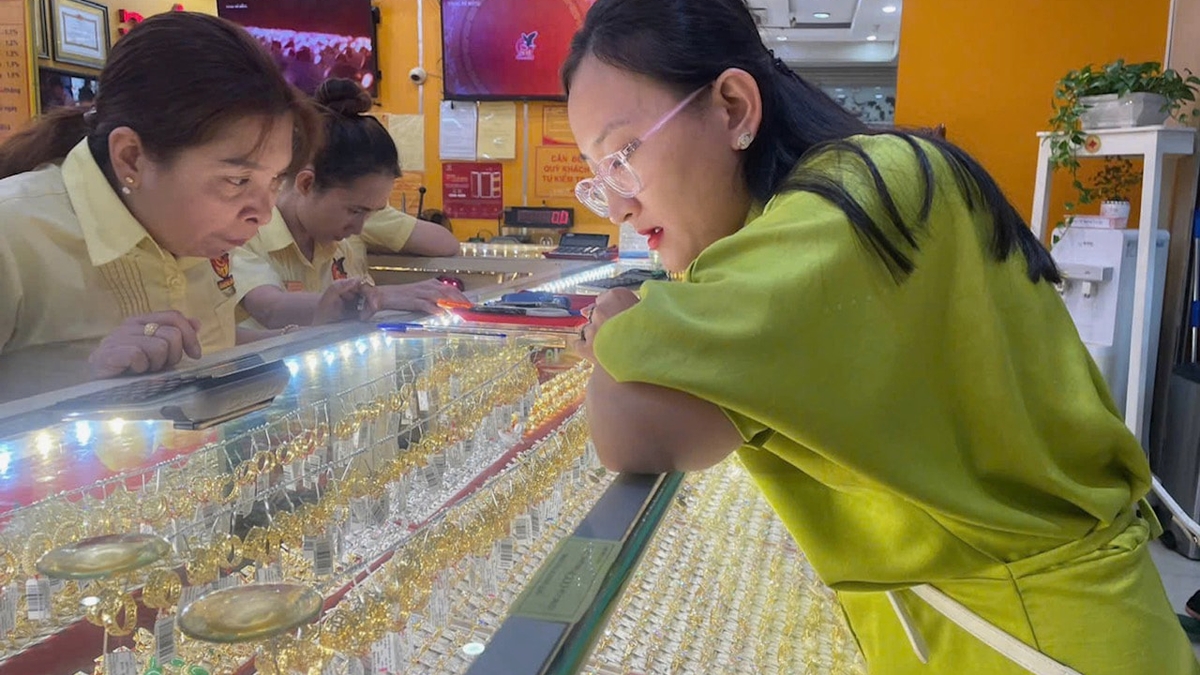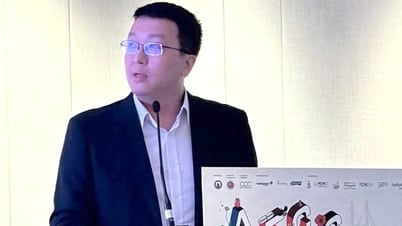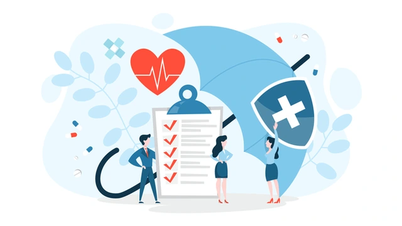It is estimated that over 500 million people worldwide have osteoporosis. In Vietnam, this number is about 3.6 million people. It is forecasted that by 2030, there will be over 4.5 million Vietnamese people with osteoporosis, of which women account for 70-80%. Osteoporosis is increasing rapidly in Ho Chi Minh City in particular and Vietnam in general. Of which, about 50% of women and 35% of men over 50 years old in Ho Chi Minh City need osteoporosis treatment.

What is osteoporosis?
Osteoporosis (also known as osteoporosis) is a disease characterized by a decrease in bone density and a weakening of bone structure, leading to bones becoming fragile and easily fractured. It is a common disease, especially in the elderly and postmenopausal women.
Main features of osteoporosis:
Decreased bone density. Bone density decreases when bone loss exceeds bone formation. This causes bones to become weak and more likely to fracture.
Bone structure changes: Bones become less strong due to changes in their microstructure. Small holes and voids appear in the bone structure, making the bones more susceptible to fracture.
No early symptoms: Osteoporosis often has no obvious symptoms until complications occur, especially bone fractures, which can be caused by mild stress or have no known cause.
Why do women often have osteoporosis than men?
According to Doctor Nguyen Buu Van - Cardiovascular - Diabetes Clinic 315 Le Van Quoi branch (Binh Tan District) of the 315 Healthcare System, women often suffer from osteoporosis more than men for the following main reasons: Estrogen plays an important role in maintaining bone density.
After menopause, estrogen levels drop dramatically, leading to rapid bone loss. Estrogen inhibits the activity of bone-destroying cells (osteoclasts), making bone remodeling unable to compensate for bone loss. At the same time, women tend to have lower baseline bone mass than men. Therefore, a decrease in bone density throughout life can lead to lower bone mass.
Additionally, women may have genetically lower bone density and tend to have smaller bone structures. Additionally, body fat distribution also affects bone health, with genetic factors playing an important role.
In addition, bones also lose density with age. In the elderly, especially postmenopausal women, bone loss occurs more rapidly.

How to prevent osteoporosis
Calcium and vitamin D are two essential elements for bone formation and maintenance. Calcium deficiency reduces bone density, while vitamin D deficiency affects the body's ability to absorb calcium. Therefore, to prevent osteoporosis, the elderly, both men and women, should not ignore the following healthy habits and lifestyles:
Balanced diet: Make sure you get enough calcium and vitamin D through your diet. Foods rich in calcium include milk, yogurt, cheese, dark green vegetables, and beans. Vitamin D can be obtained through sunlight and foods such as fatty fish and egg yolks.
Exercise regularly: Daily exercise such as walking, jogging, swimming and weight training helps increase bone density.
Quit smoking and limit alcohol: Smoking and alcohol can reduce bone density, increase the risk of osteoporosis, and can lead to complications such as fractures.
Regular health check-ups: Monitor bone density and bone health indicators for early intervention if needed. At the 315 Cardiovascular - Diabetes clinics of the 315 Health System, doctors are always concerned with the health care of the elderly and provide appropriate regimens for each person.
When should people with osteoporosis see a doctor?

According to Doctor Nguyen Buu Van - Cardiovascular - Diabetes Clinic 315 Le Van Quoi branch (Binh Tan District) of 315 Healthcare System, people with osteoporosis should see a doctor in the following cases:
Have symptoms of bone pain: Especially if the pain is increasing or persisting for no apparent reason.
Fractures: If you experience unusual fractures, even without major trauma.
Changes in mobility: If you find it difficult to move around, do normal daily activities, or even stand up straight, change posture, or if you notice bone deformities.
Need to adjust treatment: If you are using medication or osteoporosis treatment methods, you need to see your doctor regularly and monitor, or when you encounter unusual problems during treatment, in order to adjust your medication and lifestyle appropriately.
Health System 315:
Hotline: 0901.315.315
- Ivy Health International Clinic
- 315 Obstetrics and Gynecology System https://www.phusan315.com/
- Children's Health System 315 https://www.nhidong315.com/
- 315 Pediatric Immunization System https://www.tiemchungnhi315.com/
- 315 Eye Medical System https://www.mat315.com/
- Cardiovascular Health System - Diabetes 315 https://www.timmachtieuduong315.com/
Source: https://www.sggp.org.vn/vi-sao-phu-nu-thuong-bi-loang-xuong-hon-nam-gioi-post794110.html





























![[Photo] National Assembly Chairman attends the seminar "Building and operating an international financial center and recommendations for Vietnam"](https://vphoto.vietnam.vn/thumb/1200x675/vietnam/resource/IMAGE/2025/7/28/76393436936e457db31ec84433289f72)






































































Comment (0)